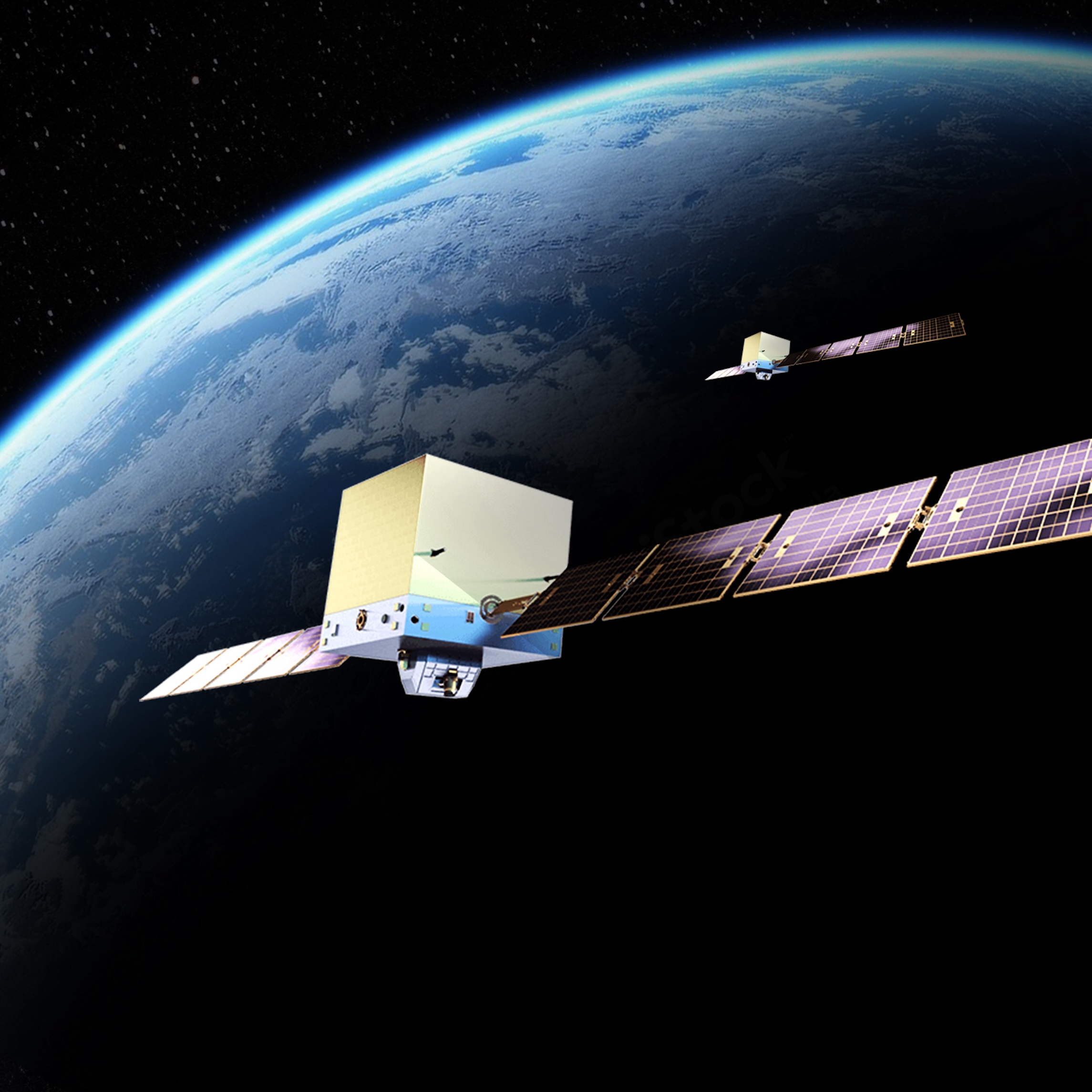
China‘s military officials are deploying a vast network of satellites in orbit in an apparent preparation “to go to war and sustain a war,” according to a top U.S. Space Force intelligence officer.
“They’ve placed over 200 satellites in space [in each of the last two] years; of that, over half of them are remote sensing satellites,” Space Force Maj. Gen. Gregory J. Gagnon, the deputy chief of space operations for intelligence, said Thursday. “An architecture that isn’t designed for efficiency and cost-effectiveness — an architecture that’s designed to go to war and sustain a war.”
China’s rapid expansion of space capabilities has become a cause of anxiety for U.S. officials across the policymaking landscape in recent years. In Gagnon’s telling, the surge in Chinese assets “on orbit” represents an epoch-making shift in the history of arms races.
“They’re building military forces for that fight,” he said during a Mitchell Institute for Aerospace Studies event. “The PLA has rapidly advanced in space in a way that few people can really appreciate. … An adversary arming this fast is profoundly concerning.”
Outer space has emerged as a key arena of geopolitical competition in recent years, fueled by the development of ground-based anti-satellite weapons and an array of new systems in orbit. International efforts to pass a treaty banning the militarization of space have failed, in part because the realm of space technology is changing so quickly that governments struggle even to agree on what constitutes a weapon in space. Yet some prospective military threats are very recognizable, to judge from recent U.S. allegations about Russia’s space program.
“Russia is also developing a concerning anti-satellite capability related to a new satellite carrying a nuclear device that Russia is developing,” John Plumb, the Pentagon’s lead official for space policy, told House lawmakers in a Wednesday hearing. “This capability could pose a threat to all satellites operated by countries and companies around the globe, as well as to the vital communications, scientific, meteorological, agricultural, commercial, and national security services we all depend upon.”
Gagnon’s team is working to mitigate anti-satellite threats in part by fielding “lots of satellites” into orbit so that the United States will have multiple options in the event of an attack that destroys one satellite or another.
“They’re difficult to take down because one, there’s so many of them,” he said. “And the other thing is, this is one capability in a whole basket of capabilities that are being proliferated now in a very rapid manner that have absolutely changed the calculus if I was the [Chinese military] version of me.”
Yet U.S. officials aren’t the only ones who have recognized the value of “proliferated architecture” in space. China is sprinting to put satellites in orbit, giving them “the ultimate high ground” in the event of a war. Those assets could render Americans vulnerable to attack over far larger areas of the globe than they have been in past conflicts.
“And the purpose of reconnaissance and surveillance from the ultimate high ground is, of course, to inform decisions about fire control for militaries, right?” Gagnon said. “It’s to provide indications and warning of sailors, Marines, airmen, trying to move west, if directed to defend freedom, right? They will now in a way that we’re not comfortable talking about in America. They will be inside a rapidly expanding weapons engagement zone.”
With that in mind, the Space Force is developing capabilities designed to allow the newest branch of the military to go on offense in their own right, Gagnon implied.
“If we were designed just to deliver combat support, we’d be a combat support agency. We’re not. We’re an armed service,” the general said. “Our job is first to gain and maintain space superiority, which means being able to hold at risk how other nations use space.”
CLICK HERE TO READ MORE FROM THE WASHINGTON EXAMINER
Space Force personnel also are working to “find vulnerabilities in systems of systems” that Chinese officials are fielding so that U.S. military operations against China’s space forces have maximum effect. Still, Gagnon acknowledged that a fundamental shift in the balance of space power has taken place.
“A weapons engagement zone means that they can track their target and put fires, weapons, on that target, even against mobile targets. Few countries have that advantage,” he said. “In my lifetime in a uniform … it’s really just been us [with respect to] multiple targets at extremely long distances. That monopoly is over.”





